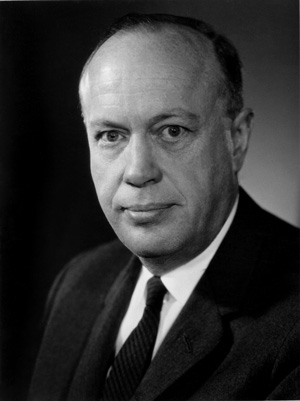
Robert W. Downing Burlington Northern SPOKANE, Wash. – Robert W. Downing, a railroad legend who helped shape today’s BNSF Railway during a career with its predecessor roads, died yesterday following surgery. He was 96 years old. Downing’s railroad career began with Pennsylvania Railroad during the Great Depression. When PRR laid him off, he took a […]
Read More…
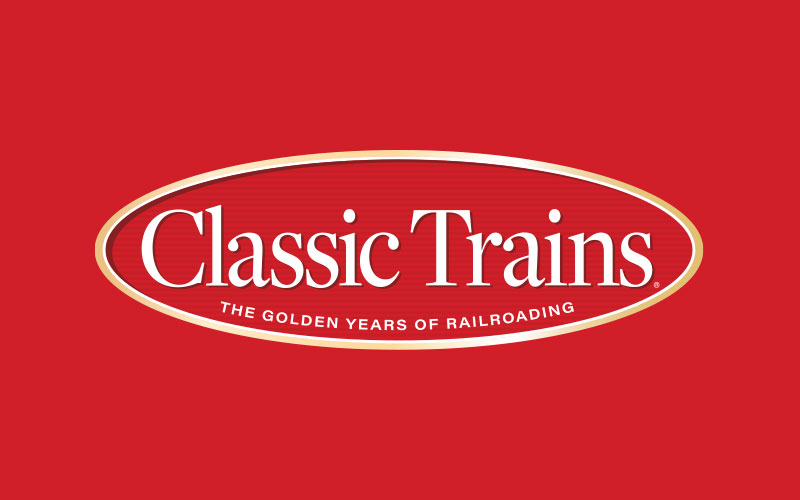
A supplement to the Classic Trains Online Look Back e-mail newsletter In modern-day Toronto, Ontario, I’m told the Skydome Hotel occupies what was once the site of Canadian National Railway’s Spadina Avenue engine terminal. Back on September 4, 1958, I spent part of a warm, late-summer night at Spadina, lugging cameras and a tripod and […]
Read More…

A supplement to the Classic Trains Online Look Back e-mail newsletter The pride of Sandusky, Ohio, is the huge Cedar Point Amusement Park on a peninsula jutting into Lake Erie north of downtown. The pride of Cedar Point, at least for railfans, is its 2-foot-gauge steam-powered railroad. On June 26, 1966, Cedar Point was a […]
Read More…
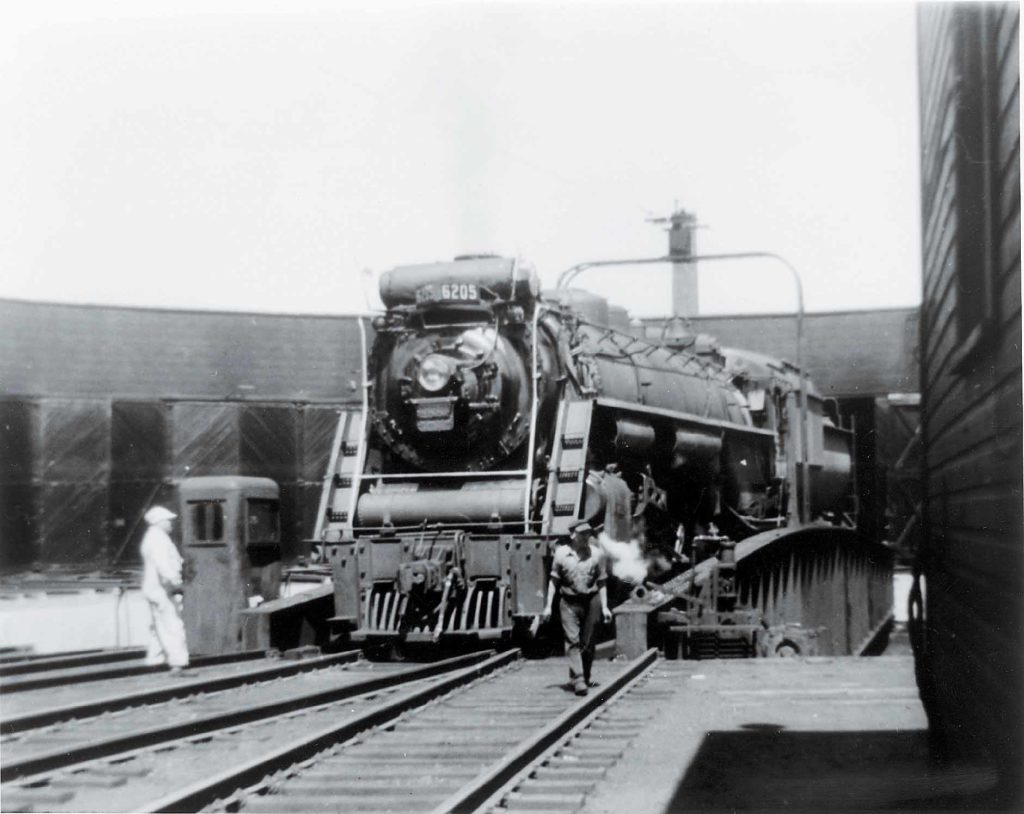
A supplement to the Classic Trains Online Look Back e-mail newsletter Looking as proud as ever, CN 4-8-4 6205 rides the turntable at London, Ont., in July 1959, headed for the ash pit, the dead line, and oblivion. Ken Kraemer photo By spring 1959, steam locomotives were just about gone from regular service on most […]
Read More…

Eastern coal railroads issued maps of coal mines they served for the information of customers. This map (redrawn for clarity) shows C&O’s New River and Kanawha (Ka-NAW) Districts in 1966. their common border marks the divide between high and low volatile coal measures, an important distinction that determines whether coal is used to make coke […]
Read More…
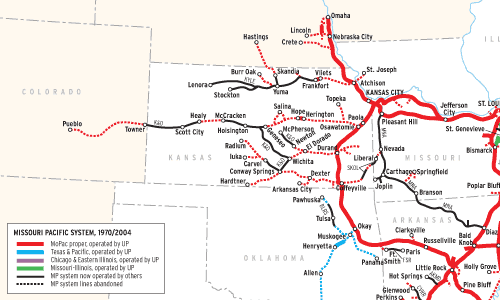
Before the mega-merger movement of the 1980s, only a few U.S. Class I systems attained route-mileage in five figures. Santa Fe, Southern Pacific, and Milwaukee Road did so by spanning the transcontinental West, Pennsylvania and New York Central bulked up in the East, and Chicago & North Western and Burlington Route (if you include its […]
Read More…
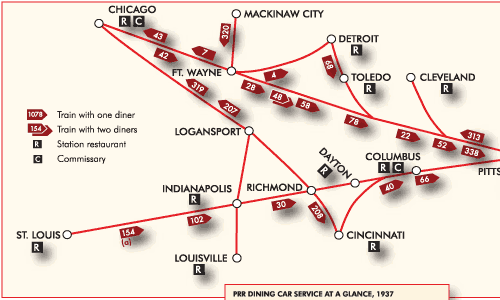
You’re looking at the railroad equivalent of a restaurant frozen in time, with the trains shown here akin to waiters sprinting across a crowded room, a hot plate in hand. On June 19, 1938, passengers on the Pennsylvania Railroad could enjoy the time-honored tradition of dinner in the diner aboard 56 different trains. Five trains […]
Read More…
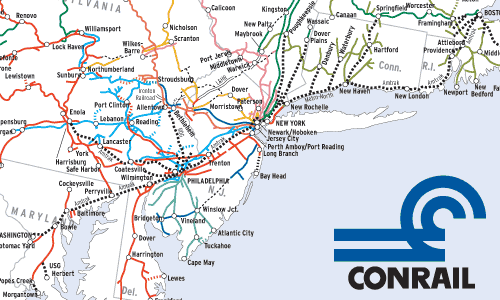
This map has been almost 25 years in coming. As soon as Conrail was formed in 1976, Trains readers began requesting a huge “breakdown” map of Conrail coded to predecessor railroads. The project was too big for the limited resources then available to us. Thanks to Curt Richards, though, we now have a good source […]
Read More…
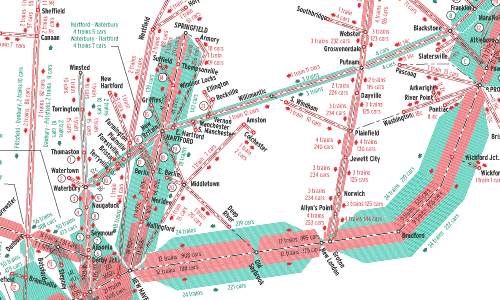
The New Haven’s heavy passenger orientation is obvious, especially on the New York-Boston Shore Line. On the electrified West End, torrents of commuters flowed in and out of New York’s Grand Central Terminal. Some intercity runs used GCT too, while a relative handful of trains bound to and from points west of New York used […]
Read More…
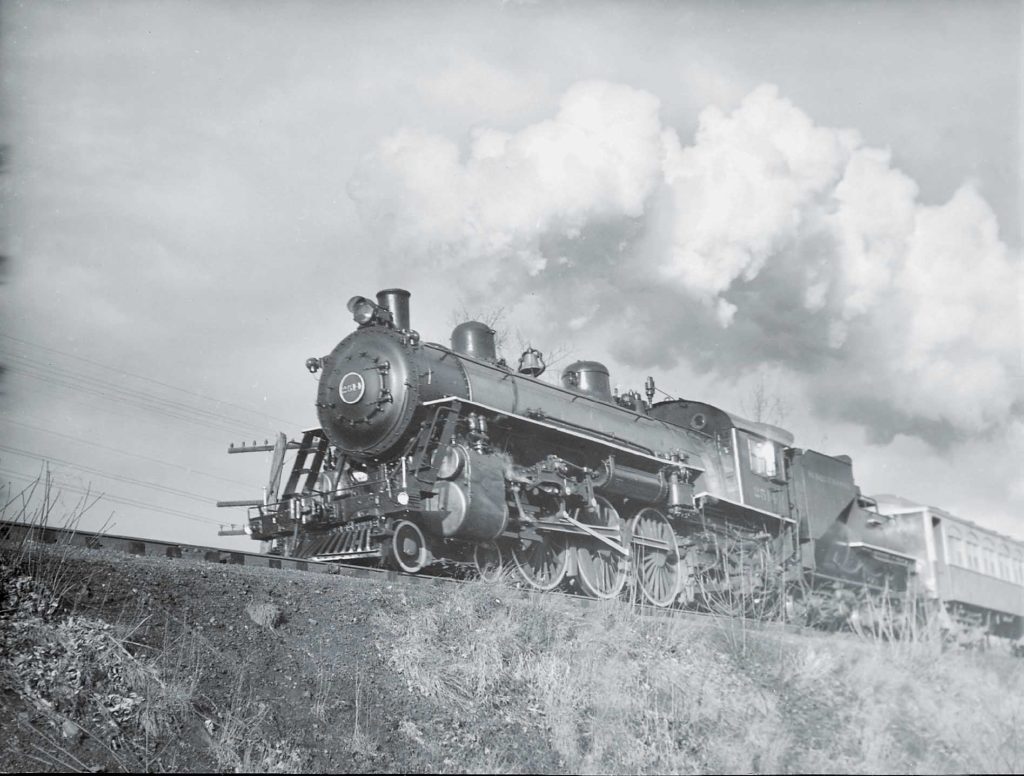
A supplement to the Classic Trains Online Look Back e-mail newsletter Susquehanna 2514, a well-cared-for Pacific built for the Erie in 1905, strides out of Pompton Lakes, N.J., with a westbound commuter run. Theodore B. Kerr The New York Susquehanna & Western Railroad evokes in me almost palpable feelings of ownership. Having been born a […]
Read More…
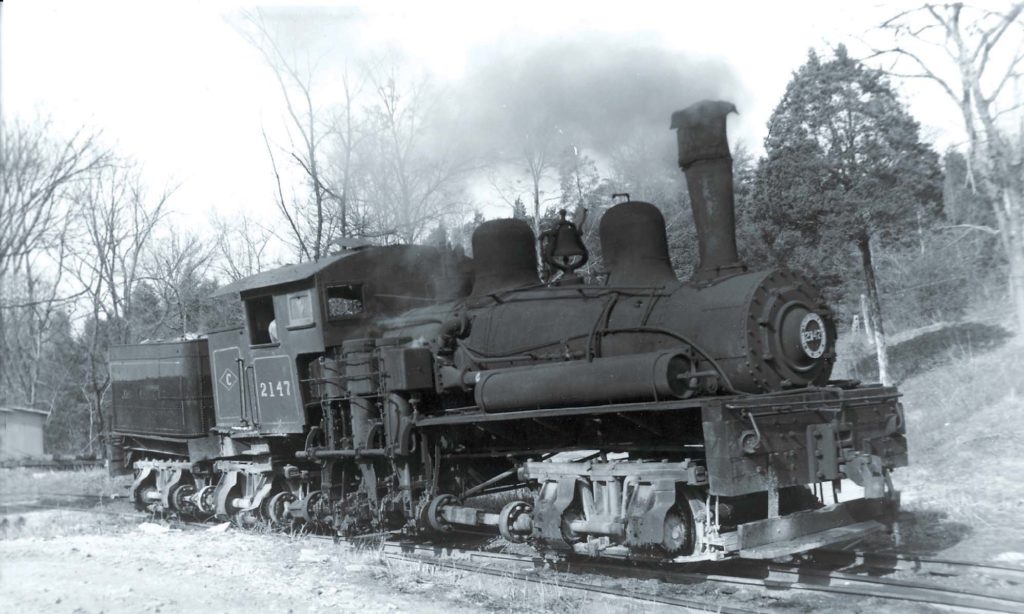
The stack-top addition to John J. Craig Co. Shay No. 2147 may have caused more sparks than it arrested. T. G. King photo, C. K. Marsh Jr. collection Hard by the campus of the 1950’s-era University of Tennessee lay the modest Knoxville terminal of the storied Smoky Mountain Railroad. Several postwar railfan students, including me, […]
Read More…
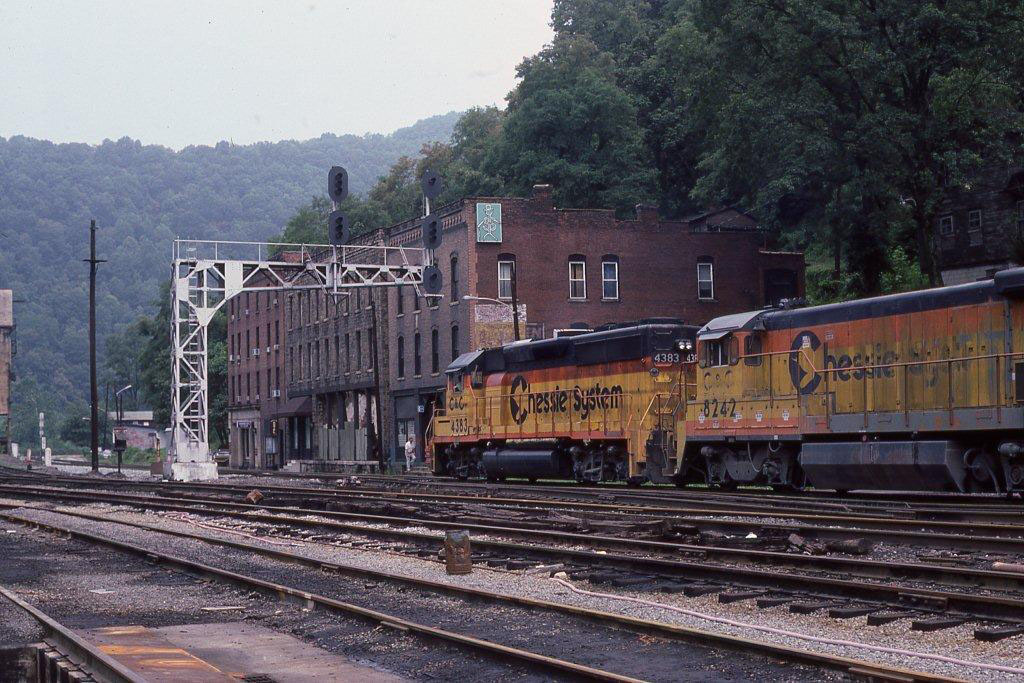
Chesapeake & Ohio B30-7 No. 8242 is sandwiched between SD45s, with 4383 in the lead, as they pass through Thurmond, W.Va., on July 26, 1984. Kermit Geary Jr. photo […]
Read More…











